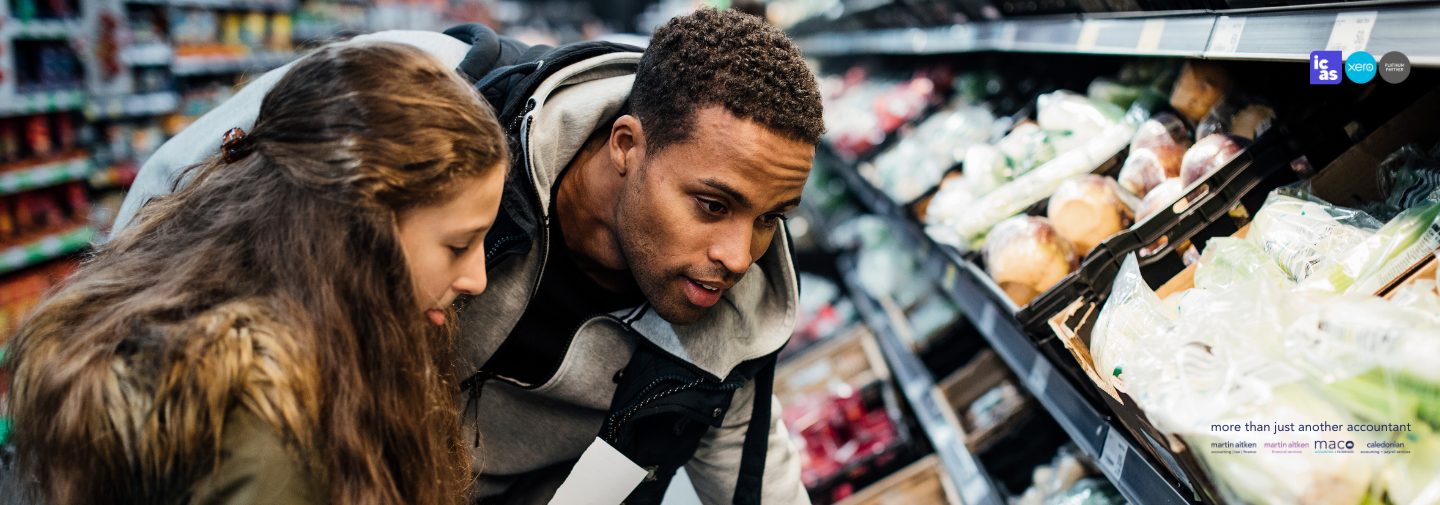Inflation in the UK has returned to the Bank of England’s 2% target for the first time in nearly three years, as prices rose by 2% in the year to May, down from 2.3% in April.
This comes ahead of the Bank’s interest rate decision on Thursday, where rates are expected to remain unchanged at 5.25%.
The drop in May’s inflation figure was driven by a slowdown in price rises for food, recreation, furniture, and household goods, although petrol prices saw a sharp increase. Inflation peaked at 11.1% in October 2022 due to surging energy and food costs following Russia’s invasion of Ukraine, sparking a cost-of-living crisis.
Election battleground
With the general election approaching on July 4, the economy and cost-of-living concerns have become a central issue. The Conservatives are likely to highlight the lower inflation as a sign of economic recovery, while Labour continues to emphasise the ongoing financial pressures households face.
Source: ONS (Office for National Statistics)
Chancellor Jeremy Hunt attributed the decrease in inflation to “difficult decisions” made by the government, while Labour’s Rachel Reeves cautioned that family finances remain under acute pressure. The Liberal Democrats also criticised the Conservatives for economic mismanagement, citing rising mortgage costs and shopping prices.
Lingering concerns
Despite the moderation in headline inflation, price rises in the services sector remain elevated, posing a concern for the Bank of England’s future interest rate decisions. Experts warn that families continue to struggle with higher costs of essentials, and domestically-driven services-price inflation may give the Bank pause before considering rate cuts.
For expert advice on navigating these economic changes, get in touch and speak with our team.


